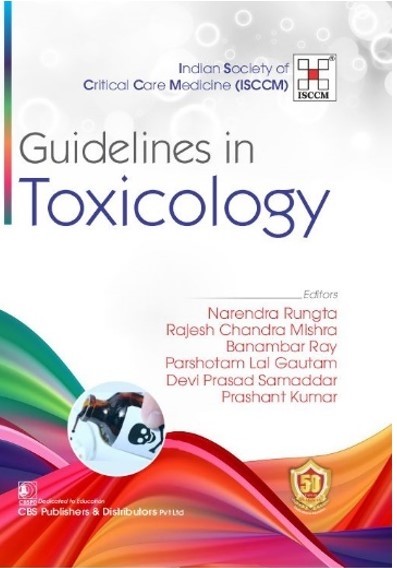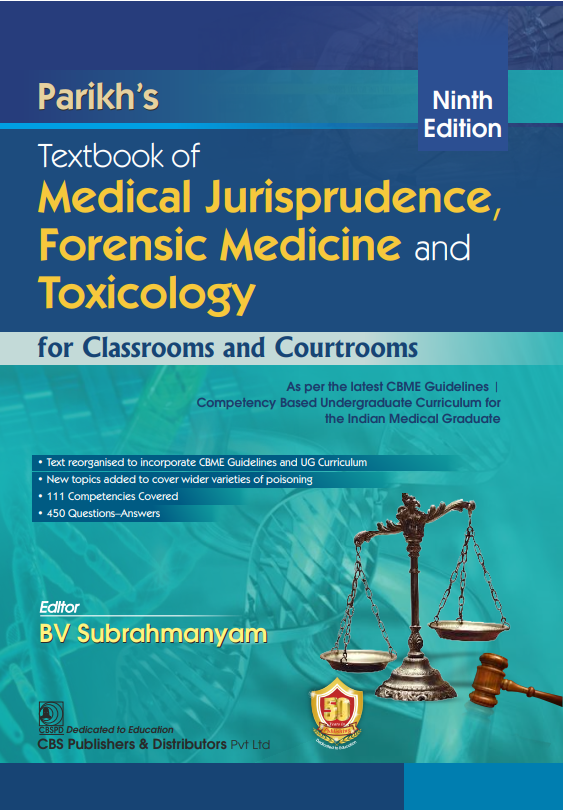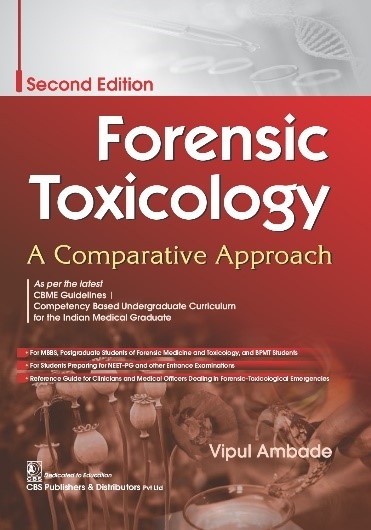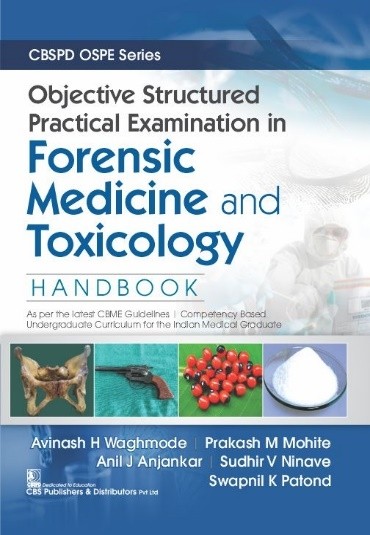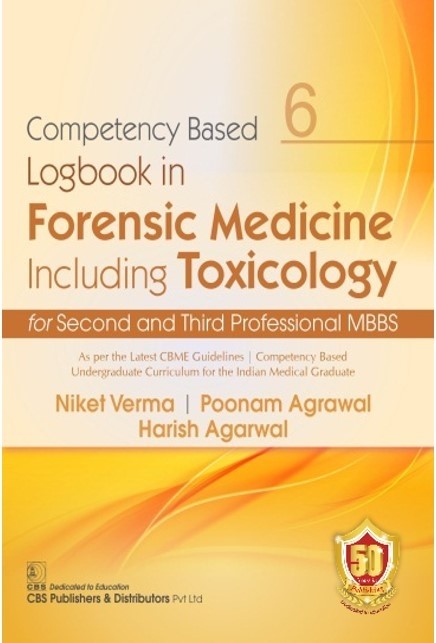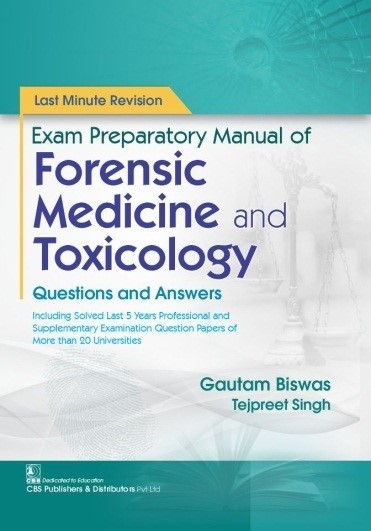

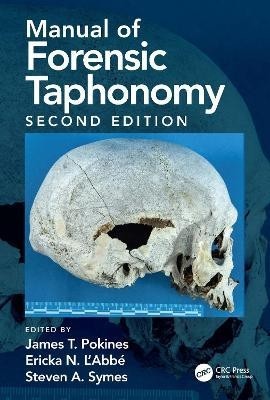
The Manual of Forensic Taphonomy, Second Edition covers the fundamental principles of these postmortem changes encountered during case analysis.
The Manual of Forensic Taphonomy, Second Edition covers fundamental principles of these postmortem changes encountered during case analysis. Taphonomic processes can be highly destructive and subtract information from bones regarding their utility in determining other aspects of the biological profile, but they also can add information regarding the entire postmortem history of the remains and the relative timing of these effects. The taphonomic analyses outlined provide guidance on how to separate natural agencies from human-caused trauma. These analyses are also performed in conjunction with the field processing of recovery scenes and the interpretation of the site formation and their postdepositional history. The individual chapters categorize these alterations to skeletal remains, illustrate and explain their significance, and demonstrate differential diagnosis among them. Such observations may then be combined into higher-order patterns to aid forensic investigators in determining what happened to those remains in the interval from death to analysis, including the environment(s) in which the remains were deposited, including buried, terrestrial surface, marine, freshwater, or cultural contexts.
James T. Pokines, Ph.D., D.-.A.B.F.A., is an Associate Professor in the Forensic Anthropology Program, Department of Anatomy and Neurobiology, Boston University School of Medicine. Steven A. Symes, Ph.D., D.-A.B.F.A., is currently the Forensic Anthropologist for the Office of the Chief Medical Examiner in Jackson, Mississippi. Ericka Noelle L’Abbé, Ph.D., D.-A.B.F.A., is a Professor of Biological Anthropology and the Director of the Forensic Anthropology Research Centre (FARC) in the Department of Anatomy at the University of Pretoria, South Africa.
Lorem Ipsum is simply dummy text of the printing and typesetting industry. Lorem Ipsum has been the industry's standard dummy text ever since the 1500s, when an unknown printer took a galley of type and scrambled it to make a type specimen book. It has survived not only five centuries, but also the leap into electronic typesetting, remaining essentially unchanged. It was popularised in the 1960s with the release of Letraset sheets containing Lorem Ipsum passages, and more recently with desktop publishing software like Aldus PageMaker including versions of Lorem Ipsum.





